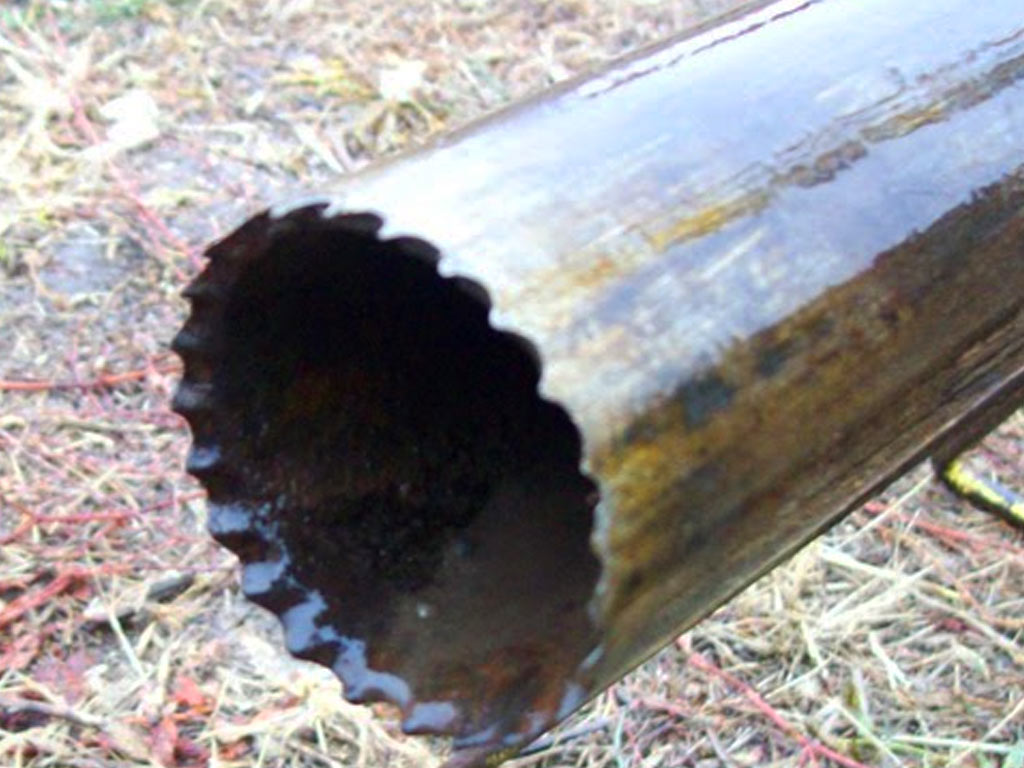1. The Chemical Cutter is a mechanical/chemical pipe cutting/puncturing device that is based on the oxidation/reduction process.
2. An igniter is initiated electrically or mechanically that in turn initiates the Gas Generator Grain. The Grain burns at a controlled rate increasing the pressure and temperature in the system.
3. Gas pressure forces the anchor out to anchor the tool inside the pipe and prevent the tool from moving.
4. Gas pressure continues to increase inside the tool, forcing the seal discs in the Cylinder to rupture.
5. The chemical (Bromine Trifluoride) is then forced through an oil/steel wool mixture, placed at the top of the severing head. The BF3 chemical reacts with the oil and ignites the steel wool.
6. The combination of the chemical and reactant causes the temperature and pressure in the chamber to increase. When the pressure exceeds the hydrostatic well pressure and the strength of the piston support washer, the Severing Head Piston moves down to expose the severing orifices. Through these orifices the activated chemical is forced at high pressure and temperature to preheat and cut the wall of the tubing at the desired position.
7. After the chemical has been expelled, pressure in the CHEMICAL CUTTER equalizes with the hydrostatic pressure allowing the anchors to retract under the action of their respective springs, and releasing the tool from the tubing, so that it can be retrieved from the well










